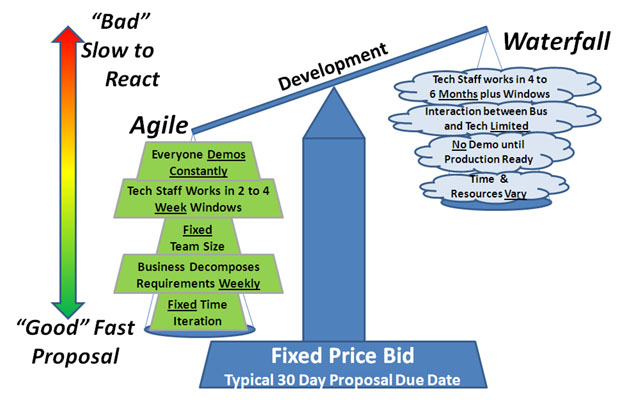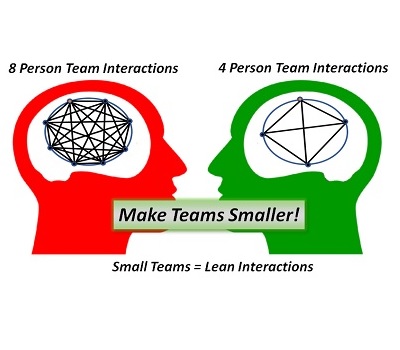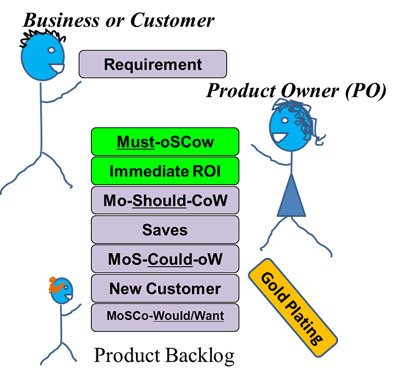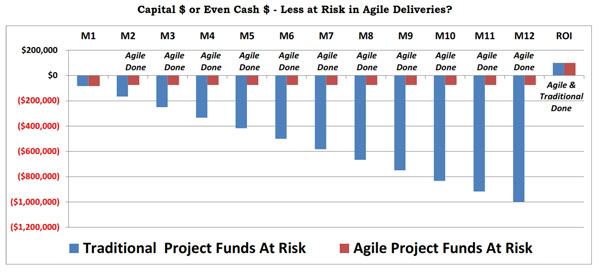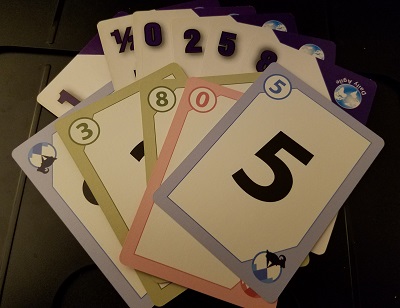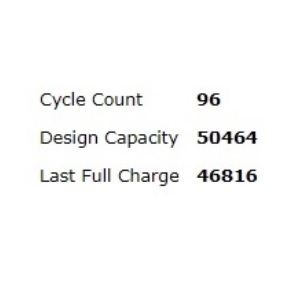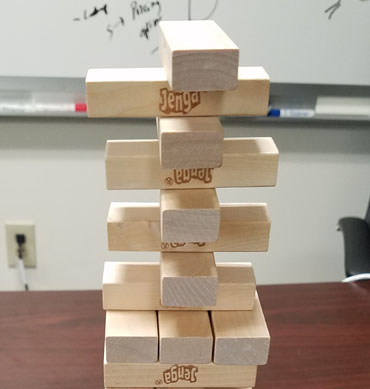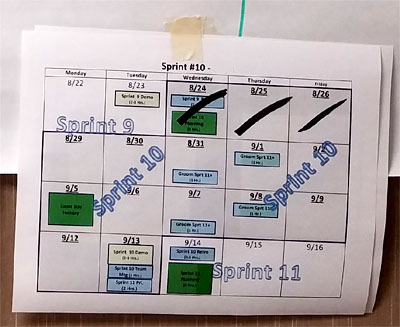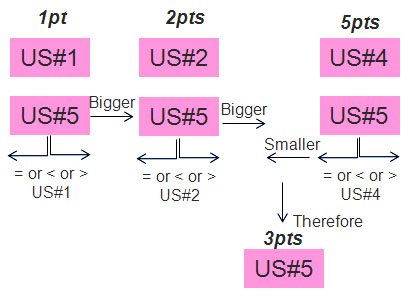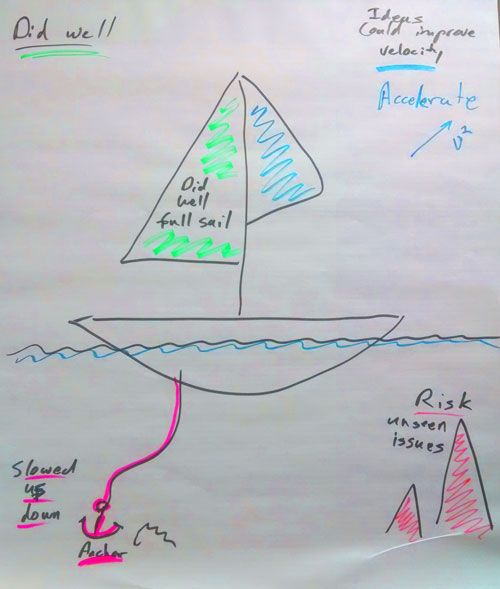Scrum Lego Town
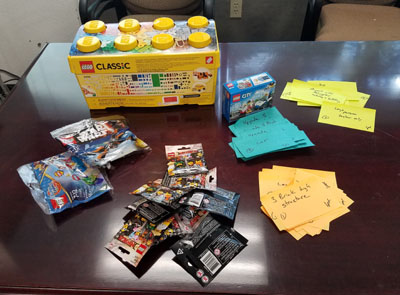
Getting a feeling for Scrum while having Fun with Legos. I was looking for a Lego exercise related to Scrum, so I created my own based on the time-boxes in a Sprint and Scrum.
The worst part is the costs for legos and I did not want to spend a fortune. To keep the costs lights I also limited the stories and definition of done. The exercise can cost $80 to $100 or even more. Sometimes there is a good sale on legos, but it is rare.
Scrum Exercise:
- Time Length (30 min.)
–Three (3) 10 minute Sprints
–Holding Daily Scrums (every minute 1.6 sec ) – This is proportional to a 3 week sprint
–Demo work at the end of each Sprint (5sec) – Again this is proportional to a 3 week sprint
–All work has to be tested to be done
- Any bug found and build get put into 1 minute penalty box
- Max 3 Bugs per Sprint
–Some might be complete rebuild and some will be simple brick changes
- The Sprint Rules will change in each Sprint
- Vision: We are building
–Simple cubes, simple cars, houses, lego people, special kits
Just like in Scrum and Agile, create a backlog of stories prior to the exercise. I used stickies.

Sprint 1 Structures – Time 10 minutes
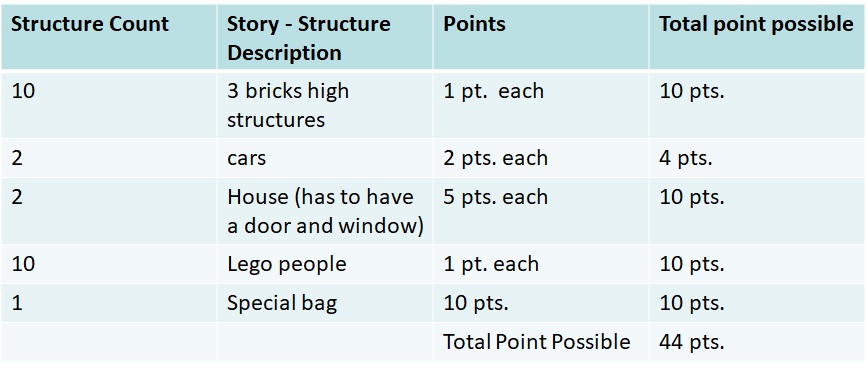
Sprint 1 Results
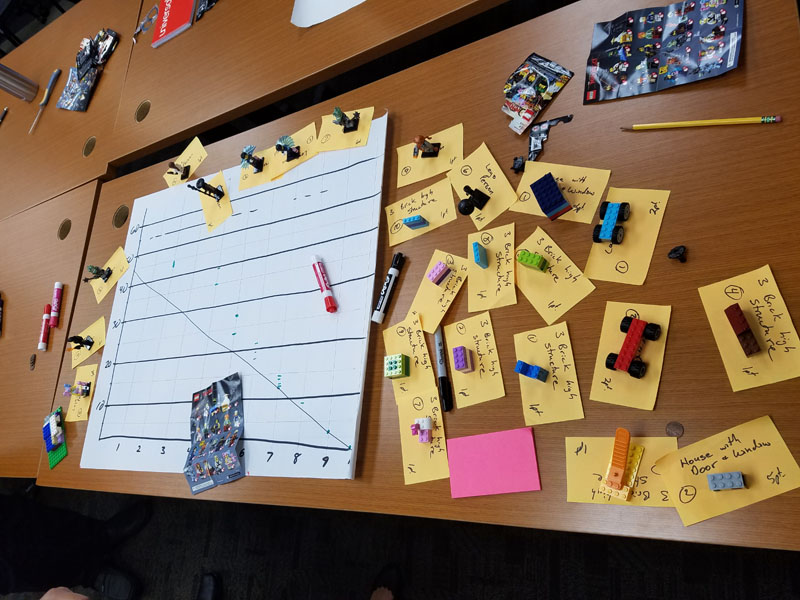
Sprint 2 Structures – Time 10 minutes
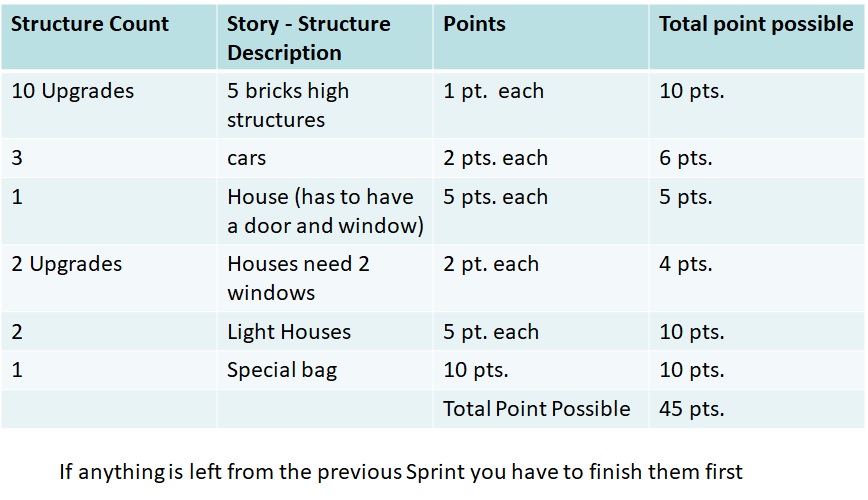
Sprint 2 Results

Burndown chart with both Sprint 1 and Sprint 2 combined
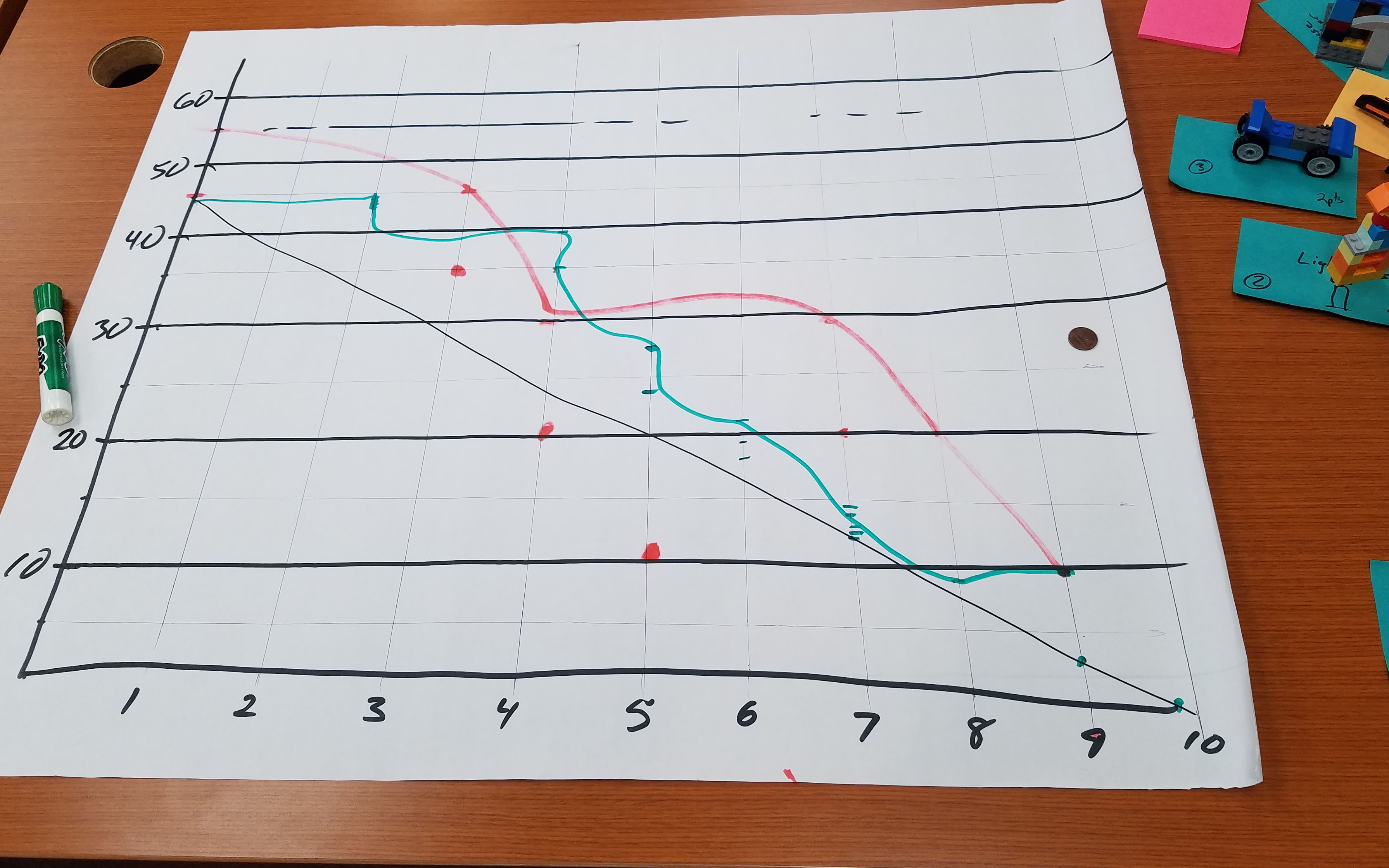
Sprint 3 Structures – Time 10 minutes
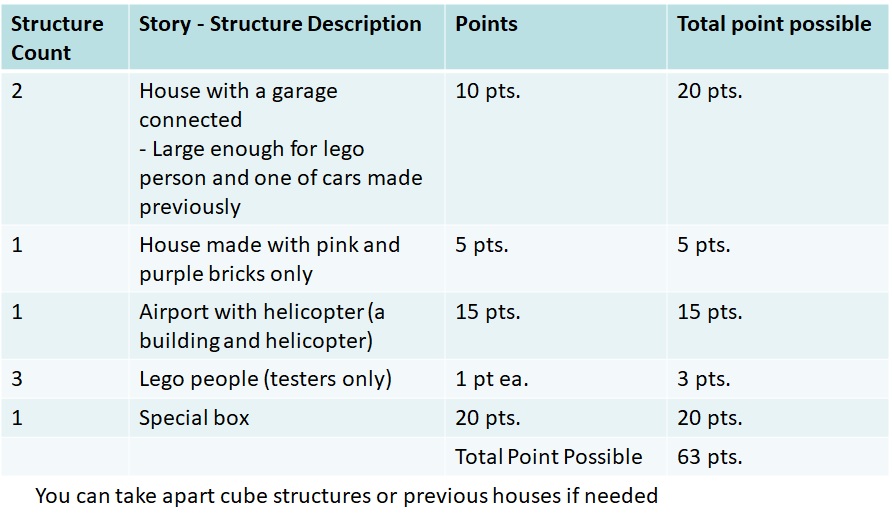
Rules for Testers
- General:
- If there are instructions you must review instructions as a part of the test (i.e. look at the picture)
- Any multi-component must be completed together, return if they are handed over separately
- Bugs go into a Penalty Box watch time for team 1 min (some things might need to be taken apart also)
- Sprint 1
- Can not watch the building by the Developers
- Sprint 2
- Can work along side Developers and approve as soon as you can, assuming all parts are completed
- Sprint 3
- Testers have to build their own figurines and ask developers to review and pass
Final Results for the exercise
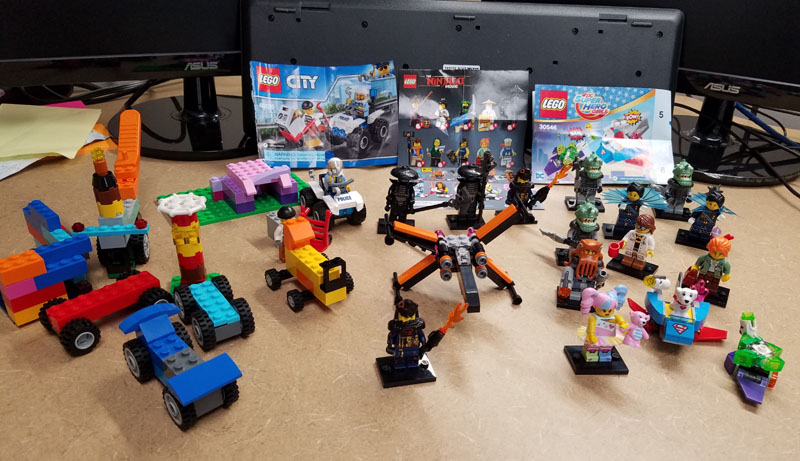
This is a fun exercise getting teammates to work together. Also people quickly realize how much time is spent on Scrum ceremonies and how brief they really are in comparison to the time to develop.
Have Fun 🙂
Cheers,
Greg Mester






